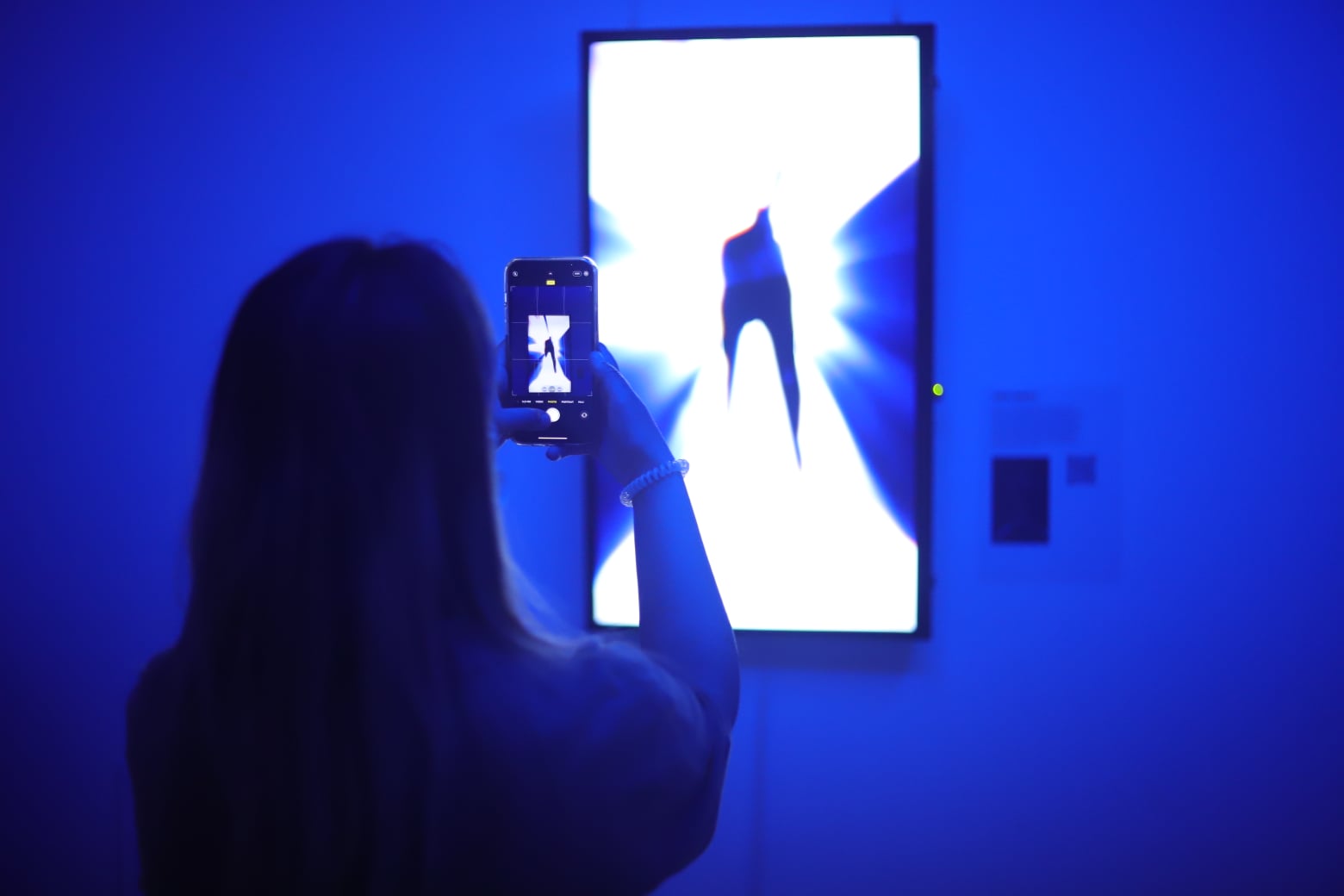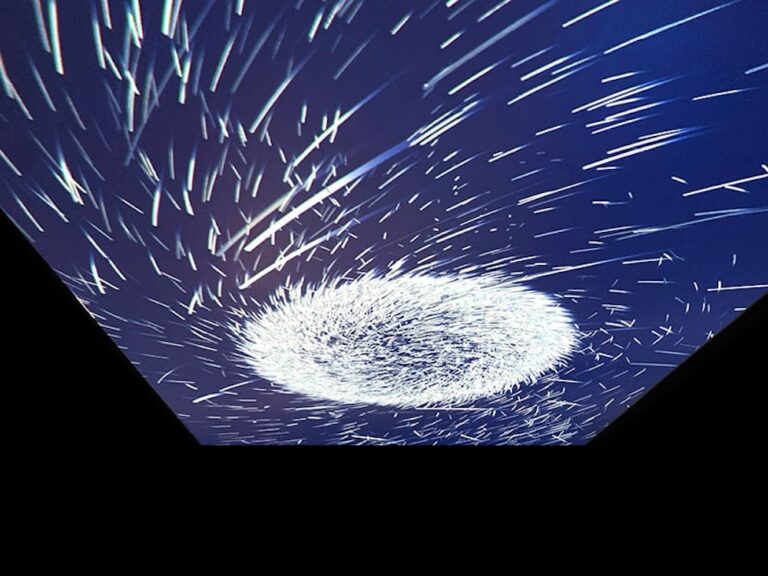
In the past decade, the art world has witnessed a profound shift towards digital mediums, leading to the rise of digital art as a prominent form of expression. This evolution is closely tied to technological advancements, particularly the emergence of blockchain technology and Non-Fungible Tokens (NFTs). In this blog post, we’ll delve into why digital art is gaining prominence, the role of NFTs and blockchain in its rise, and the limitations of traditional or physical art in today’s digital age.
Digital art encompasses a broad spectrum of creative expressions, ranging from digital paintings and illustrations to 3D sculptures and interactive installations. What sets digital art apart is its accessibility, versatility, and the infinite possibilities it offers to artists. With the advent of powerful software tools and digital platforms, artists can explore new techniques, experiment with different styles, and collaborate across borders like never before.
One of the key drivers behind the popularity of digital art is its democratizing effect. Unlike traditional art forms that often require expensive materials and specialized training, digital art can be created using relatively affordable software and hardware. This accessibility has led to a surge in the number of aspiring artists entering the field, fostering a vibrant and diverse creative community.
At the heart of the digital art movement lies the concept of Non-Fungible Tokens (NFTs), which are unique digital assets stored on a blockchain. NFTs have revolutionized the way we perceive ownership in the digital realm, providing a secure and transparent mechanism for buying, selling, and trading digital artworks.
One of the most significant advantages of NFTs is their ability to establish provenance and authenticity, addressing long-standing challenges in the art market. By recording ownership history on the blockchain, NFTs ensure that each digital artwork is verifiably unique and cannot be replicated or forged. This authenticity has instilled confidence among collectors and investors, leading to a surge in demand for digital art NFTs.
Moreover, NFTs offer artists new revenue streams and greater control over their work. Through smart contracts, artists can earn royalties every time their NFTs are resold, providing them with a sustainable source of income. This paradigm shift has empowered artists to monetize their creations directly, bypassing traditional intermediaries and gatekeepers.
While traditional art forms hold cultural and historical significance, they are not immune to the challenges posed by the digital age. Physical artworks are often subject to issues such as degradation, theft, and limited accessibility. Moreover, the traditional art market has long been criticized for its exclusivity and opacity, with many artists struggling to gain recognition and fair compensation for their work.
Additionally, traditional art faces inherent limitations in terms of reproducibility and distribution. Unlike digital art, which can be easily replicated and shared across digital platforms, physical artworks are constrained by their materiality and geographic location. This limitation can hinder the reach and impact of traditional art, especially in an increasingly globalized world where digital connectivity is paramount.
Despite the growing prominence of digital art and NFTs, it’s essential to recognize that traditional and digital art are not mutually exclusive. In fact, many artists are embracing a hybrid approach, combining traditional techniques with digital tools to create innovative and immersive experiences.
By leveraging the unique strengths of both mediums, artists can reach a broader audience, engage with new technologies, and push the boundaries of creativity. Whether it’s through augmented reality installations, mixed-media collaborations, or blockchain-enabled collectibles, the future of art promises to be dynamic, inclusive, and endlessly fascinating.
In conclusion, the rise of digital art signifies a paradigm shift in the way we create, consume, and value artistic expression. Enabled by technological advancements such as NFTs and blockchain, digital art offers unprecedented opportunities for artists to thrive in a rapidly evolving digital landscape. While traditional art forms continue to hold significance, they must adapt to the changing times and embrace the possibilities afforded by digital innovation. By bridging the gap between the physical and digital worlds, we can usher in a new era of creativity, collaboration, and cultural exchange.
Platforms like Ejaz Art Gallery, with its commitment to showcasing both traditional and digital art, serve as bridges between these two worlds. By providing a platform for artists to exhibit their work and connect with a global audience such as through the NFT +92 exhibit, Ejaz Art Gallery embodies the spirit of inclusivity and innovation that defines the contemporary art scene. As we navigate the hybrid future of art, let us celebrate the diversity of artistic expression and embrace the transformative power of technology in shaping the cultural landscape of tomorrow.

A brilliantly curated exhibition delves into globalisation and cultural exchange themes Technology, generally linked with

Ejaz Art Gallery in Lahore recently exhibited the group show ‘Unity in Flux: The Ones

Abstract art, a genre that emphasizes non-representational forms and colors, has captivated audiences and art